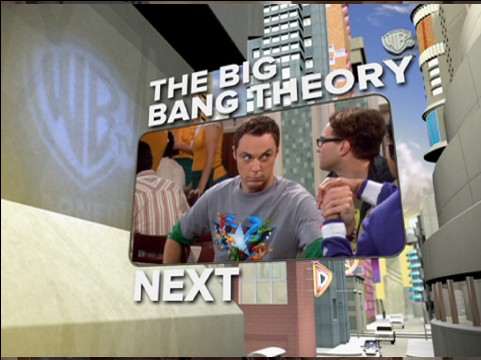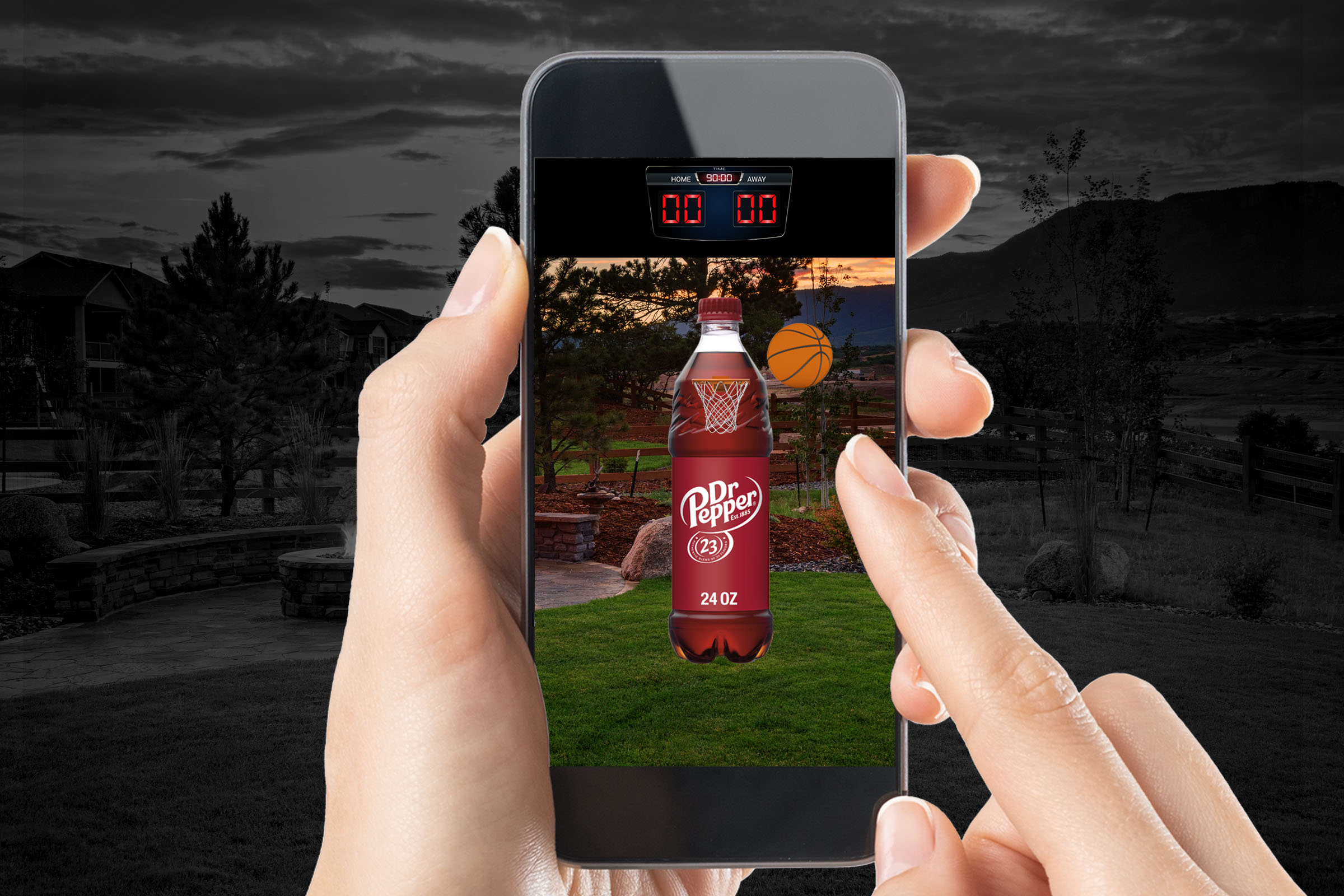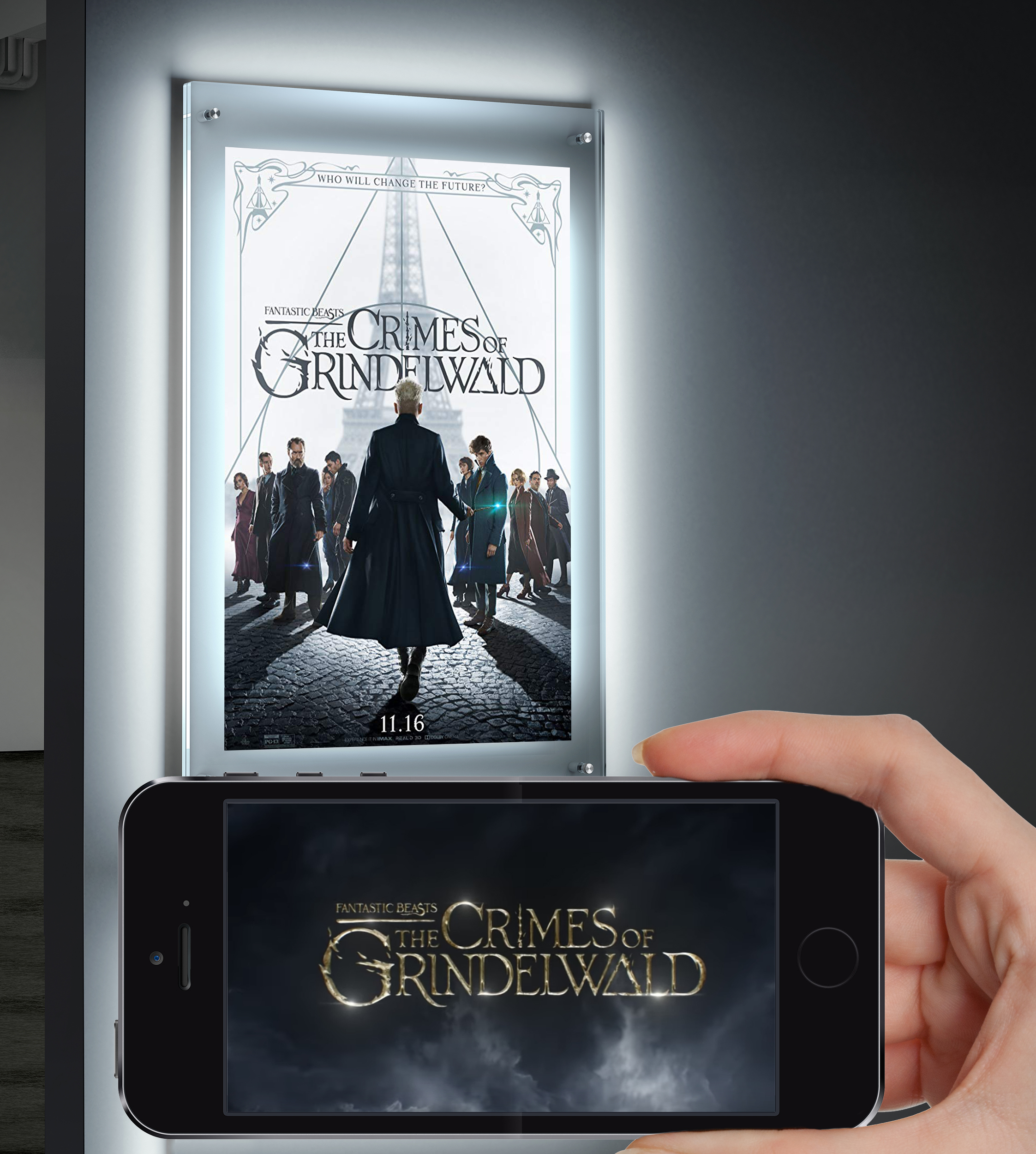With a vast disparity of media and television topics to distract the fractured viewing audience, it has become more important than ever to master the subtle form of creating persuasive promos to bring an audience to a television program. This art form has many subtleties which must be considered in order to connect with your audience, and then deliver them to an appointment date and time of broadcast.
Television time shifting became the vogue, as Tivo and all DVR systems removed the requirement for viewing a televised broadcast at the time of broadcast, and allowed for an audience to reconstruct their viewing habits to match their personal schedules. So then, the need to attract that audience and entice them to tune in or set their DVR to record the program the network is hoping to get them to watch, became ever more critical to attract a larger audience share.
In creating a television promo, one must first consider to whom that promo is being directed. Promos are created for a variety of purposes ranging from selling a pilot to the network or international network, to enticing a television audience to tune in or record the episode. The promos range in purpose from bringing a new audience which has never seen the program to tune in, to specialized promos which promote a series to the show’s fans with a preexisting knowledge of the program and its content, theme, characters, sense of humor, drama or other elements. Our goal in drafting this blog is to explore the range of considerations in producing these promos and delineate the methods and psychology of cutting the right promo to suit the purpose at hand.
Promos to sell a pilot to a network are cut with the expectation that an already busy television buyer must grasp the unique qualities of this program and instantly assess the validity of that program to achieve successful results on their network. Network buyers are a very sophisticated audience who have seen more promos than their eyes, ears and brains can consume, so they are rapidly watching for the flaw in the promo that tells them that this project is not for their network, so they can turn this promo off quickly and move on to the next one. Therefore, a promo to sell a pilot must be exemplary in their design, execution, theme and presentation. Anything that reeks of hype is instantly dismissed. Networks are viewing with a hierarchy in mind, starting with whether or not this project is the proper genre, theme and content that will appeal to their target demographic. If a show passes this first stage of potential elimination, then it is up to the cast, topic, and execution to carry the sales of this series as the promo unfolds.
A promo in this range may be a 30 or 60 second spot or it is often expanded into a sales reel intercutting interviews with the producers, director and cast to expand upon the show’s core vitality. A network executive will be looking at all aspects of these materials to find the certain innate quality that speaks to them and allows them the comfort that the series will find its audience on their network and deliver ratings on par with their expectations. The cast of a drama or comedy is critical in this sales process, so allowing those cast members to shine and demonstrate their allure, could not be more important to the overall sales presentation. A reality program is equally unique to sell, as the topic, host and show’s approach are all scrutinized by the buyer with the hope that each will resonate and demonstrate why an audience would be attracted to this program. In the end, a promo used to sell a program in a business to business model will be less concerned with holding back the surprise plot points, and will be more concerned with giving an overall holistic view of how that program fits into the entertainment spectrum.
Promos to sell a new show to an audience on a specific network are different than the promos for selling the show to the network itself. While many of the considerations discussed above are equally vital to the success of the launch of a new program, of equal concern is allowing a target demographic to relate to that program and entice that audience with the elements of the program which are most geared to attract that audience to tune in for the pilot debut. In this circumstance, attention to the structure of the promo is working specifically to feature the proper combination of variables specific to that demographic’s perceived tastes and desire. Multiple promos may be cut and broadcast at key times on that network and other network time slots where that target audience may be found. Each of the different promos may be cut to allow for specific promotion of actor(s), topics, show creators, and genres that will narrow focus and attract interest from the audience who has been targeted in that narrow focus. Here is where you find promos that appear more like starring vehicles, or announce from the creators of a previously revered television series, or are designed to be a spin off of a subject matter that worked in one reality vertical and could potentially work again in a slightly modified theme.
Promos to tease a weekly episode of a program or a marathon of episodes of a program are yet an entirely different breed. These promos are even more narrow focused to speak predominantly to a preexisting audience of the program and entice them to tune in as the next episode unfolds. These promos are tailor made to the upcoming episode and are specifically cut to use content from that program which leverages highlight moments of drama, comedy, or reality that were most appreciated by the fans in previous broadcast(s). These promos anticipate the theme or plot points or events in the upcoming episode and show just enough information to whet the appetite of the desired audience so that the audience will make mental note of when the next episode is airing and note to themselves to tune in or record that episode as it airs.
Promos to reacquaint an audience with what has previously happened in an ongoing series are yet another strain of the promo editing mentality. Here, the sole purpose is to lead into the next episode with the desire to refresh plot points in the minds of the audience, so that they are fresh in their minds leading into the episode which is about to air following that promo. These promos may use scenes and moments not just from the previous week’s episodes, but also use scenes from any of the show’s previous moments to help an audience better understand and relate to what they are about to watch. Complicated series like Game of Thrones are continually going backwards through many seasons of episodes to find just that one perfect moment to reinforce something substantial that is about to unfold in this evening’s broadcast. An audience is far more likely to stay tuned to a program where they are not working hard to try to remember previous plot points that support the events in that evening’s episode, so a well crafted promo of this category will diminish that confusion and support the current broadcast with an audience whose minds are refreshed with the proper information to fill in the potential plot holes that arise from lack of memory of every detail of a very complicated plot structure involving many characters over multiple plot lines.
In promos, the discussion for how a spot will be structured, centers around cutting the promo around the A storyline, intercut with elements of the B storyline (subplot), and sometimes using information or moments from a C storyline as appropriate. The promos never give away the biggest moments of an episode, but rather, they tease those moments in order to achieve the desire from the audience to tune in and see what happens. Climactic moments are never shown, and sometimes only a few of the very best lines are used to seduce the audience, but rarely in any form of promo we have discussed in this blog are all of the great moments and lines of dialogue used in their full revelation. When you see a promo that makes you feel as if you have already seen the show or episode, you as an audience are less likely to tune in because you feel as if there is no need, you saw it all in the promo.
The last form of promo to discuss are the ones that are taking an existing series which is in syndication and must promote that series for the syndication broadcast while clearly differentiating that broadcast from the broadcast of the brand new episode of that same show which is airing that same week on the original broadcast network. Here, the purpose of the promo is mostly the same, but the objective is to make certain that the audience is clear that this show is airing on the syndicated broadcast network, so that the audience is clear where to tune in and for which episode. These promos are usually appealing to an existing fan base which already loves the show and wishes to view older episodes because they enjoy that experience. Or it will also be to capture a new audience who heard about the show, but did not watch the original broadcast and now wishes to start to follow the program from the relaunch.
Whatever the choice of programming…a great promo always does the exact same thing. It takes a narrow focused audience and causes them to appreciate the program and to act on that appreciation in either a business to business circumstance, as in selling a pilot or a program to international broadcasters or selling it to international broadcasters to be produced in local format with local talent, or to draw an audience that is narrow focused into increased awareness and desire to tune in.







